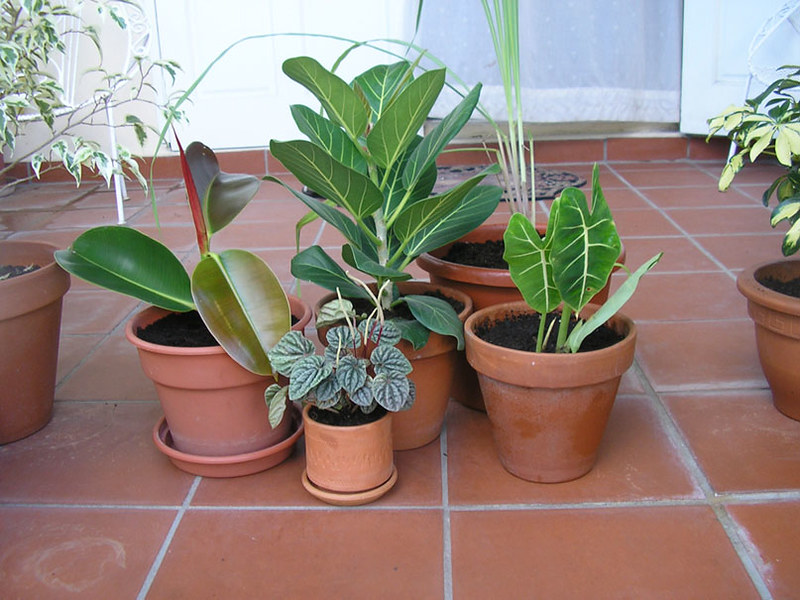Gardeners hear it often enough: right plant, right place.
It’s a fundamental rule of gardening, said Heather Stoven, a horticulturist with Oregon State University Extension Service, and one that applies to houseplants just as much as outdoor ones.
“Make sure you buy for location,” she said. “That will help solve many problems that can come down the road.”
Plants can go downhill in a hurry when placed in unsuitable sites. Environmental stress sets a plant up for aggravation from pests and diseases. Distress will show up in burned or yellowed foliage and dropped leaves, and often death. Keep plants healthy with appropriate light exposure, watering schedule and temperature, and insects and pathogens are less likely to attack.
Figuring out what is what when it comes to lighting can give a person fits. Usually, you can rely on directional clues. A window facing south receives the most intense sun, west and east exposures rank in the middle and a north-facing window is considered low light.
Be cautious not to put plants too close to or touching a window, where temperature variations and cold drafts can damage leaves. Heating vents and fireplaces should be avoided, too.
In winter, Stoven recommends plants be watered lightly only when the potting mix is dry. Check by sticking your finger into the soil up to the second knuckle. Or pick the pot up; if it’s light, the plant needs water. Be sure to use containers with drain holes in the bottom, otherwise water will settle at the bottom and cause root rot. Over-watering kills more plants than under-watering, she noted.
“There’s very little to do once a plant gets root rot,” Stoven said. “Unless it’s a well-beloved plant, it could be better to put up the white flag.”
Plants can do without fertilizer from November through March when the plant isn’t actively growing, she said. In other times of the year, feed in moderation with a slow-release fertilizer in granules, tablets or stakes, which will last two or three months, or a liquid version every other week or according to directions.
If you notice burning on the tips of leaves or a white crust on top of the potting soil, you’re most likely fertilizing too much.
Indoor plants can get pests and diseases just like any other plant, Stoven said. The dreaded three are aphids, mealy bugs and mites. Aphids are most familiar with their tiny, light green bodies. They usually congregate on the undersides of leaves. Mealy bugs are distinguished by the white wax covering their body and egg sacs that give them a cottony appearance. Mites, of course, will be quite small and are often hard to see with the naked eye, but speckles left from their feeding can give the plant a bronzed or yellow look. In the worst-case scenario, you’ll see webbing on leaves.
If pests invade, snipping off infested stems and leaves can help control the spread of insects. Then wash plants off with a spray of water. Be sure to spray undersides of leaves as well. Stoven doesn’t recommend using most chemicals for indoor plants, but said horticultural oils or soaps are a good option if you follow the directions. You can also target pests directly with a wipe of alcohol on a cotton swab and then rinse with water.

But prevention is always the soundest policy.
“The best thing to do to manage any pest,” she said, “is not to bring them into your home in the first place. Check plants carefully when you buy them. And, if you take them outside during the growing season, when you bring them back in, check again.”
Stoven suggests these houseplants for use in different lighting situations:
- Low light: pothos,* snake plant, lucky bamboo
- Low to medium light: peace lily,* dracaena*
- Medium light: weeping fig or ficus, African violet, Boston fern, dumb cane*
- Bright, indirect light: anthyrium,* spider plant, palm, peperomia
- Bright light: schefflera, rubber tree, succulents, cacti
*If you have kids or pets, pass on these poisonous plants or keep out of reach.
One thought on “Light exposure key for growing successful houseplants”
Comments are closed.


I really enjoy your garden insights. Good teacher! Thank you,